 Dani Robbins is the Founder & Principal Strategist at Non Profit Evolution located in Columbus, Ohio. I’ve invited my good friend and fellow non-profit consultant to blog the first Wednesday of each month about board development related topics. Dani also recently co-authored a book titled “Innovative Leadership Workbook for Nonprofit Executives” that you can find on Amazon.com.
Dani Robbins is the Founder & Principal Strategist at Non Profit Evolution located in Columbus, Ohio. I’ve invited my good friend and fellow non-profit consultant to blog the first Wednesday of each month about board development related topics. Dani also recently co-authored a book titled “Innovative Leadership Workbook for Nonprofit Executives” that you can find on Amazon.com.
Multiple conversations about the same topic with the leadership of a variety of organizations tend to lead to blog posts. When that happens, it is usually prompted by a question, though the question is rarely about the actual issue at hand. The issue that is really the issue at hand is usually behind the issue that is being presented.
For those of you know me, it will come as no surprise to you that I spend a lot of time thinking about the situation behind the situation. (When you make your living telling people what you think, you’d better have thought extensively about whatever they might want to know.)
When it comes to Boards and fundraising (and quite a few other topics as well), the issue behind the issue is often “engagement”.
The question I am being asked a lot lately is “How can I get my Board to fund raise?”
If your Board is not fundraising the way you want them to, I submit you do not have a fundraising issue; you have an engagement issue and possibly a Board Development issue.
Boards that are engaged, raise money. Boards that are not, don’t.
What is the emotional energy of the people in the room during a Board meeting?
When I ask this question while facilitating a session, I set up the answer on a scale of 1-4, with one being “I can’t believe I left my office for this” and 4 being “I feel privileged to be in this room.” Where do your Board members fall?
Mission moments, generative discussions and strategic conversations are engaging. Upholding the fiduciary responsibilities, while critical for an organization is also, for the most part, disengaging. It’s boring. It’s necessary but it’s still boring and boring is disengaging.
Every time I facilitate a planning session with a Board, someone comes up to me and says something to the effect of “That was great! I’m so happy to be talking about strategy and issues and not about the building” (or the finances, or fill in whatever you are sick of).
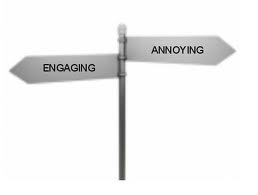 We engage Board members initially by talking to them about our organization’s mission, the impact it makes in our communities and our vision for changing our corner of the world. They join our Boards in order to help us do those things – and then we never talk with them ever again about any of it. Ever.
We engage Board members initially by talking to them about our organization’s mission, the impact it makes in our communities and our vision for changing our corner of the world. They join our Boards in order to help us do those things – and then we never talk with them ever again about any of it. Ever.
We talk with Board members about money — what we spent and why we need more of it. We talk with them about fundraising, and why they need to do more of it. We talk with them about the problems we’re having, and what we need from them to fix it.
We don’t talk with them nearly enough about what they want, about why they joined our Board, and what they hoped to get out of their service.
It is a great opportunity to change the discussion; change the topic; change the impact; change the engagement level.
Call a retreat. Take a survey. Add some client stories to the agenda. Have a strategic planning strategy session, and then continue to talk strategy throughout the year. Present a horizontal scan and discuss how it will impact your clients, not just your agency, but your clients. Introduce some generative discussions at a Board meeting. Here are a few ideas how from my favorite Board book Governance as Leadership:
- “At the end of discussions give each member 2-3 minutes to write down any thoughts or questions that weren’t expressed.
- Randomly designate 2-3 trustees to make the powerful counter arguments to initial recommendations.
- Ask a subset of the Board to assume the perspective of different constituent groups likely to be affected by the decision at hand.”
Find out what people expect when they joined your Board and meet their expectations. You’ll be glad you did and so will your Board members. They might become so engaged, they might even start telling people about your agency, and asking people to support it.



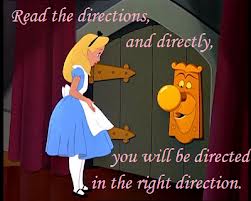


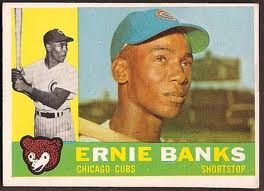
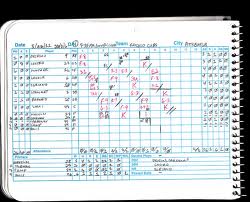

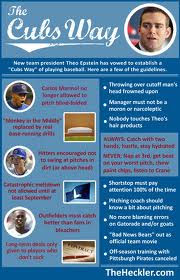







 Welcome to O.D. Fridays at DonorDreams blog. Every Friday for the foreseeable future we will be looking more closely at a recent post from John Greco’s blog called “
Welcome to O.D. Fridays at DonorDreams blog. Every Friday for the foreseeable future we will be looking more closely at a recent post from John Greco’s blog called “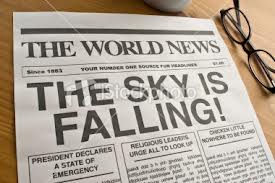 When I hear one donor say something once, I chalk it up to something interesting. When I hear two donors say the same thing, I usually think it is an interesting occurence. However, when three or more donors express the same sentiment, I sit up . . . take notice . . . and treat it like a potential trend.
When I hear one donor say something once, I chalk it up to something interesting. When I hear two donors say the same thing, I usually think it is an interesting occurence. However, when three or more donors express the same sentiment, I sit up . . . take notice . . . and treat it like a potential trend.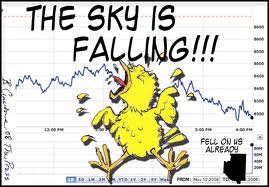 While fear is irrational, it definitely impacts human behavior. I believe most students learn this in Psychology 101. So, if people “think” the sky is falling, it is falling regardless of the facts.
While fear is irrational, it definitely impacts human behavior. I believe most students learn this in Psychology 101. So, if people “think” the sky is falling, it is falling regardless of the facts. Here are a few quick tips you may want to remember when jumping into these discussions:
Here are a few quick tips you may want to remember when jumping into these discussions: